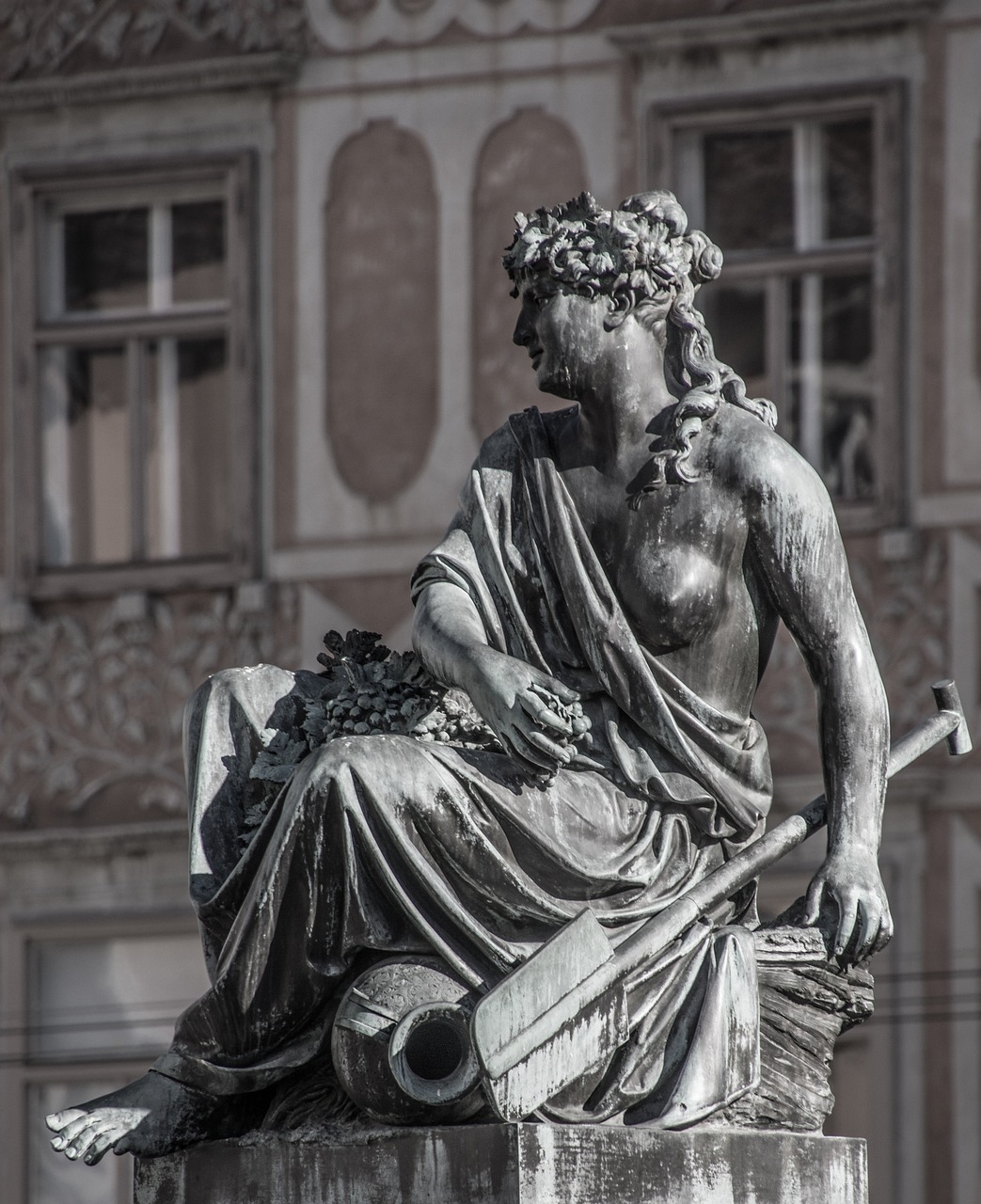An Exploration of Minerva: The Roman Goddess of Wisdom and Craftsmanship
Overview
Minerva stands as one of the most esteemed deities in Roman mythology, representing wisdom, intelligence, craftsmanship, art, and inspiration. She observed the world from her celestial abode, embodying the traits of foresight and strategic thinking. Over time, Minerva evolved to also symbolize military might, becoming a pivotal figure in strategies and warfare. Alongside prominent deities Jupiter and Juno, she constituted a divine trio known as the Capitoline Triad.
In artistic representations from the 18th century, Minerva is often depicted in regal attire, sporting a long chiton and an aegis embellished with a Medusa head, believed to repel malevolence. This portrayal is completed with a shield and a Corinthian helmet, which remains pushed back to showcase her identity.
Etymology
The name “Minerva” derives from the Etruscan deity Menrva, or possibly Menerwā. This name finds its origins in an archaic Italic goddess called Meneswā, translated as “she who remembers,” “she who knows,” or “she who measures.” Interestingly, Minerva’s name shares roots with Manasvini, a Hindu goddess linked to intelligence, virtue, and the moon.
Attributes
Minerva is celebrated as the most sagacious of all divine entities, employing her sharp intellect to fulfill her objectives. Upholding strict chastity, she resisted advances from both mortals and deities, safeguarding her purity.
A mosaic titled “Minerva of Peace,” found in the Library of Congress, portrays her with a laurel crown, signifying victory and a palm branch for peace. Even as a warrior goddess, her usual battle attire consists of armor, a spear, and sometimes a small shield, emphasizing her combat readiness.
Family
In her Greek reincarnation, Minerva is recognized as the daughter of Jupiter, the supreme god, and Metis, a Titaness. With Jupiter’s numerous romantic escapades, she has several half-siblings, including Mars, Bellona, Vulcan, and more. Crucially, Minerva remains unwed and childless, upholding her status as a virgin goddess.
Mythology
Birth of Minerva
The narrative of Minerva’s birth mirrors that of Athena in Greek mythology. Jupiter, in a classic tale of his hedonism, had an affair with Metis. Upon discovering that their unborn child could lead to his downfall, Jupiter devoured Metis while she was pregnant. Eventually, Minerva emerged from his forehead, fully grown and armed for battle. Some accounts even suggest Vulcan played midwife, splitting open Jupiter’s head to facilitate her emergence.
Minerva, the Aeneid, and the Founding of Rome
According to Virgil’s epic, “Aeneid,” Minerva was initially against the founding of Rome and bore animosity towards Aeneas, its legendary hero. Taking Athena’s role, Minerva harbored a significant grudge against the Trojans due to past grievances. Her vengeful plotting was instrumental in the destruction of Troy, cleverly advising Ulysses on the famous Trojan horse strategy. Nevertheless, Aeneas managed to win Minerva’s reluctant favor by preserving a statue of her throughout his journey.
Minerva and the Arachnids
Ovid’s “Metamorphoses” narrates a whimsical tale in which Minerva’s conflict with Arachne, a gifted weaver, results in the creation of spiders. Arachne, boastful of her weaving skills, challenged Minerva, who then took the form of an elderly woman to dissuade her. Upon losing to Minerva, Arachne succumbed to despair and attempted suicide, but Minerva intervened, transforming her into a spider as a lasting punishment for her hubris.
Minerva and Roman State Religion
Minerva was integral to Roman state religion, revered as a symbol of wisdom, inspiration, and military prowess. Various temples in her honor existed throughout Rome, with notable sites including the Temple of Minerva Medica and the main temple on Aventine Hill, which celebrated artistry and craft.
The Quinquatria, her principal festival, unfolded over five days beginning March 19, coinciding with the military campaign season, underscoring Minerva’s importance in securing victory for Roman legions.
Pop Culture
Minerva’s influence permeates modern culture as a figurehead for wisdom and tranquility. Statues of Minerva grace various worldwide locales, illustrating her timeless relevance. Educational institutions often incorporate her as a symbol in their seals, emphasizing her representation of knowledge and intellect. Notably, her image has adorned California’s state seal since 1849, presenting her in military attire as she surveys the bustling San Francisco Bay.
Recognizing the breadth of Minerva’s cultural resonance, it is clear that her legacy continues to inspire various fields, from education to artistry, highlighting the foundational virtues she embodies.



